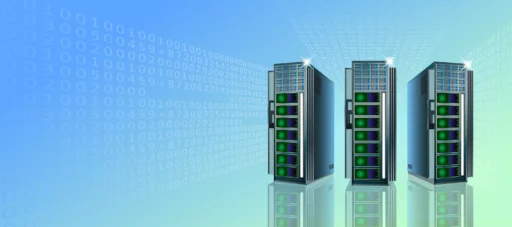Version 2.0 – major release – bringing new capabilities for advanced data access and management
Imagine not only asking your ThingsBoard platform questions like “Show me all gateways that reported offline in the last hour” or “List alarms for device X and their severities” (as we did in version 1.0) but now also running complex queries across entities, writing or updating devices, assets, alarms, users and more – all via a unified protocol. With ThingsBoard MCP 2.0 that vision becomes reality.
What’s new in 2.0
We’ve pushed the envelope in this major release with two big themes: expanded data query capabilities, and full write-operation support across key entity types. On top of that, we’ve addressed important bug-fixes for better reliability.
Major Features
Entity Data Query Tools
- You can now run complex queries over entities, their fields, attributes and telemetry, and retrieve structured data sets for advanced analytics workflows.
- Whether you’re looking across devices, assets, customers, relations or user entities, the new query tools let you filter, join, aggregate and extract exactly the data you need.
- Ideal for data scientists, analytics engineers and anyone building reports or dashboards that go beyond simple telemetry lookups.
Write Operations Support
We’ve added full write-capability (create/update/delete) across a broad set of entity types:
- Devices
- Assets
- Alarms
- Customers
- Relations
- Users
- Entity Groups (PE tools)
Now you can not only query what’s happening in your IoT environment, but also act on it programmatically via the MCP interface. This is a real step toward end-to-end automation, self-service operations, and AI-driven workflows.
Minor Fixes & Improvements
- Fixed the “get telemetry” tool to correctly fetch values when using aggregation functions – ensuring that average, sum, min/max or custom aggregation operations now return expected data.
- Other miscellaneous stability and performance enhancements across the core MCP modules (internal housekeeping, improved logging, better error messages) to make version 2.0 a robust platform.
Why this matters
With version 1.0, ThingsBoard MCP gave users conversational, AI-assistant friendly access to devices, telemetry, attributes and relationships. ThingsBoard MCP Version 2.0 takes the next leap:
- Deeper analytics: The new query tools enable you to treat your IoT platform as a rich data source, not just a telemetry repository. You can ask for cross-entity insights, complex attribute/field filters, aggregated telemetry results, and more.
- Actionable workflows: With write support across devices, assets, alarms, users, etc., you’re not just reading data – you’re controlling and managing your environment. That’s automation, orchestration and AI-enabled operations unlocked.
- Reduced development overhead: Rather than building bespoke APIs or middleware to handle queries + writes, ThingsBoard MCP 2.0 provides a unified abstraction layer. Developers, data engineers and non-technical users all benefit.
Getting started
Here’s how to upgrade and unlock the new features:
- Upgrade your MCP server – Pull or build the version 2.0 image (or JAR) from the official repository.
- Review your configuration – Ensure your MCP config (e.g., in Claude Desktop or other LLM tool integrations) points to the refreshed endpoint. If you are using write-capabilities, review and adjust your permissions/security settings accordingly.
- Explore the query tools – Use the new query-API to run entity data queries. Try filtering devices by multiple attributes, joining asset with telemetry, or filtering device by combination of entity name, device type and attribute value.
- Test write operations – Try creating or updating a device, asset or alarm through the MCP interface. Verify you can manipulate relations and entity groups as needed.
Full reference docs for version 2.0 (query syntax, write-API endpoints, permissions model, examples) are available in the GitHub repository.
Use-cases in focus
Here are a few real-world scenarios where MCP 2.0 opens up new possibilities:
- Predictive maintenance analytics: Run a query to fetch all devices of type “pump” in location “Site-A” whose vibration telemetry shows increasing trend then create a maintenance work-order (via write operation) for those devices.
- Large-scale device onboarding: Use write tools to bulk create or update devices, assign them to customers or assets, set up their relations and initial attributes – all via MCP rather than manual UI or REST API scripting.
- Automated alarm handling: Query all active alarms above a certain severity threshold, update their status, trigger notifications or escalate to customer account managers – seamlessly from “ask a question” to “perform an action.”
- Self-service analytics for non-dev users: A business-analyst can use the query tool to extract a dataset of asset usage metrics across customers, download the results and feed into their BI tool – without writing SQL or custom API code.
Thank you
We’d like to thank our community and early adopters who provided invaluable feedback. Your use-cases, bug-reports and feature requests help shape MCP’s roadmap.
Please try ThingsBoard MCP 2.0, report any issues, and share your automation and analytics success stories with us.
Get started now — Visit the GitHub repository and check the release notes for version 2.0. Let’s make your ThingsBoard IoT platform more conversational, actionable and intelligent!






